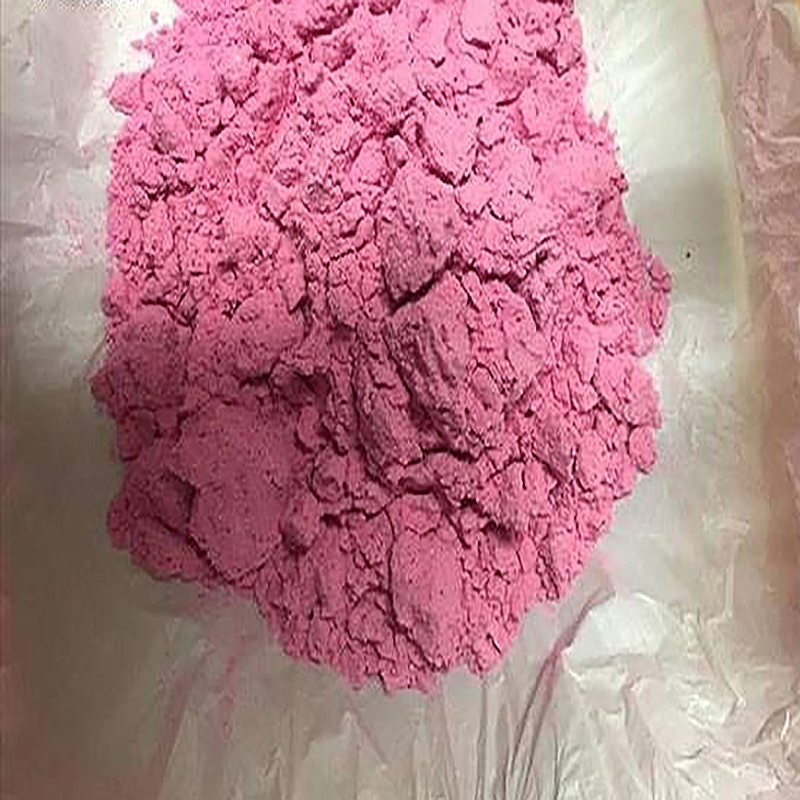PNAS: How photosensitive proteins regulate skin tone
-
Last Update: 2021-02-09
-
Source: Internet
-
Author: User
Search more information of high quality chemicals, good prices and reliable suppliers, visit
www.echemi.com
A team of researchers at Brown University found that vision protein 3 is a protein closely related to the cyanoids, a protein that enables low-light vision and regulates the amount of pigment produced in the body's skin, which is a factor in skin color.
When humans spend time in the sun without proper skin protection, the sun's ultraviolet (UV) radiation signals the skin to produce more melanin - which prevents radiation from affecting cancer and darkens the skin. Solar ultraviolet radiation is divided into two parts: short-wave radiation or UVB, and long-wave radiation or UVA.
many studies have found that UVB can lead to darkening of the body's skin, and scientists know less about the skin's response to UVA. UVA is a richer source of solar ultraviolet radiation. In 2015, when the authors and others found the first clue that melanin cells(specialized skin cells that produce pigment melanin) are rich in visual protein 3, they thought that visual protein 3 might be a subject that detects UVA and indicates an increase in melanin production.
we have identified the role of vision protein 3 in human melanin cells and identified molecular steps that allow visual protein 3 to do so," Oancea said. "Opsin 3 regulates how much pigment cells produce, but surprisingly, it doesn't depend on light. This mechanism is completely new, and once we understand vision protein 3, it may be a good target for treating pigmentation. Now
have identified the role of opsin 3 in skin pigmentation, and the team is looking to learn about the production of other parts of the body and what functions it might have. Olinski is trying to determine where and how opsin 3 works in the brain, and it was first discovered.
3 regulates the color produced by melanin cells suggests that vision protein 3 can be a target for the treatment of pigmentation. Pigmentation overdose is characterized by excessive melanin; Pigmentation, such as albinism, is characterized by too little melanin, greatly increasing the patient's sensitivity to solar ultraviolet radiation and susceptibility to skin cancer. There is no cure for most pigmentation disorders. Before scientists can target vision protein 3 in the skin, Oancea says, they need to understand its role in other parts of the body and how to turn its activity on or off. (Bio Valley Bioon .com)
This article is an English version of an article which is originally in the Chinese language on echemi.com and is provided for information purposes only.
This website makes no representation or warranty of any kind, either expressed or implied, as to the accuracy, completeness ownership or reliability of
the article or any translations thereof. If you have any concerns or complaints relating to the article, please send an email, providing a detailed
description of the concern or complaint, to
service@echemi.com. A staff member will contact you within 5 working days. Once verified, infringing content
will be removed immediately.







